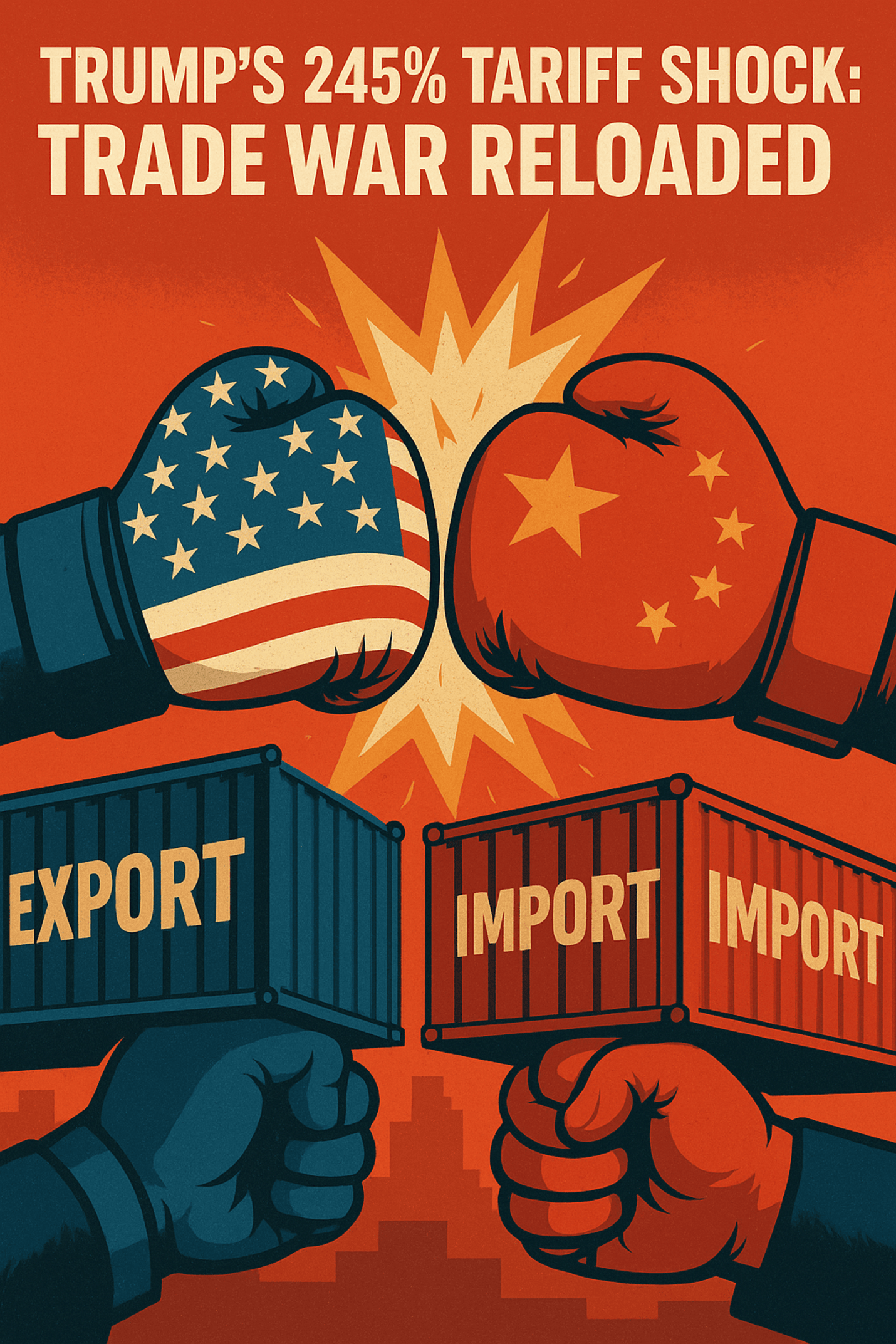India Proposes $3.83 Billion in Additional Tariffs on U.S. Steel and Aluminium
In a move to counter U.S. trade actions, India has notified the WTO of its plan to hike duties on American metal imports worth billions.
India Plans Retaliatory Tariffs Amid Trade Tensions with U.S.
India has taken a firm stance in its ongoing trade conflict with the United States by seeking to impose additional tariffs worth $3.83 billion on American imports, primarily targeting steel and aluminium products. The proposal comes in response to earlier tariff increases by Washington that impacted Indian metal exports.
According to official communication submitted to the World Trade Organization (WTO), India has identified several categories of U.S. goods that could face increased customs duties. This retaliatory action is grounded in WTO rules and seeks to balance the economic harm caused by U.S. protectionist measures implemented in 2018.
Background: U.S. Tariffs Spark Trade Retaliation
The genesis of this trade standoff dates back to 2018 when the United States, citing national security concerns under Section 232 of its Trade Expansion Act, raised import duties on steel and aluminium. These hikes—25% on steel and 10% on aluminium—were applied across several countries, including India, significantly impacting the latter’s exports in these sectors.
India, viewing these actions as unjustified, initiated a formal dispute process under WTO mechanisms. While a WTO panel sided with India in December 2022, the U.S. lodged an appeal, stalling any enforcement as the WTO Appellate Body remains non-functional.
WTO Dispute Proceedings and Their Impact
India’s latest communication to the WTO Dispute Settlement Body highlights that it has experienced substantial economic losses due to the continued application of the Section 232 tariffs by the U.S. The appeal filed by Washington has rendered the original ruling non-actionable due to the dysfunctional state of the WTO’s top appellate mechanism.
This deadlock has left countries like India unable to secure relief through conventional legal channels. As a result, New Delhi is now turning to trade remedies available under WTO norms—specifically the right to suspend concessions or impose countermeasures of equivalent commercial value.
India’s proposed $3.83 billion in additional duties aligns with the level of trade impact estimated to have resulted from the U.S. tariffs.
What Could Be Affected: List of Targeted Goods
While the official list of U.S. goods that may face higher tariffs has not been disclosed in detail, India’s earlier retaliatory tariff proposal included items such as motorcycles, walnuts, apples, almonds, and various metal products. The aim is to select goods that are significant to American exporters but not vital for Indian consumers or manufacturers, minimizing domestic disruption.
This approach reflects a strategic balancing act—asserting India’s rights under WTO rules while safeguarding local economic interests.
Diplomatic Engagements Continue in Parallel
Despite the growing trade friction, both nations continue to engage in diplomatic and economic dialogue. Over the past two years, India and the United States have witnessed a surge in bilateral cooperation, covering areas like defense, technology, clean energy, and critical minerals.
During recent high-level meetings, officials from both countries have emphasized the importance of a rules-based global trading system and have expressed a shared interest in resolving trade disputes amicably. However, progress on contentious issues such as tariffs remains slow, particularly as the U.S. The U.S. continues to adopt a firm approach toward imports citing national security concerns.
India’s move to implement counter-tariffs highlights the growing complexity of resolving trade conflicts amid a fractured global trade system.
Broader Implications for Global Trade
India’s retaliatory move is part of a broader global pattern, with several countries expressing concern over the precedent set by the U.S. Section 232 tariffs. The WTO has witnessed similar disputes involving the European Union, China, and others, reflecting widespread unease about the erosion of multilateral trade norms.
The absence of a functioning appellate body has left numerous cases in limbo, prompting affected nations to seek alternative remedies. For India, this includes leveraging its rights under Article 22 of the WTO Dispute Settlement Understanding, which allows for the suspension of trade concessions when disputes remain unresolved due to procedural blockages.
Final Thoughts
India’s plan to impose $3.83 billion worth of additional tariffs on U.S. steel and aluminium imports marks a significant development in an ongoing trade standoff rooted in protectionist policies. Triggered by the U.S. decision to impose steep import duties under national security grounds in 2018, this dispute has escalated through legal proceedings and now sees India asserting its right to seek economic parity.
By formally notifying the WTO and preparing for countermeasures, India is not only aiming to offset its trade losses but also reinforcing its commitment to multilateral rules. However, the current paralysis of the WTO’s appellate system adds a layer of uncertainty to such actions, raising questions about the future of global trade governance.
As both countries continue to cooperate on broader strategic fronts, resolving these trade irritants remains crucial for fostering trust and ensuring long-term stability in economic relations.
:
The image added is for representation purposes only




